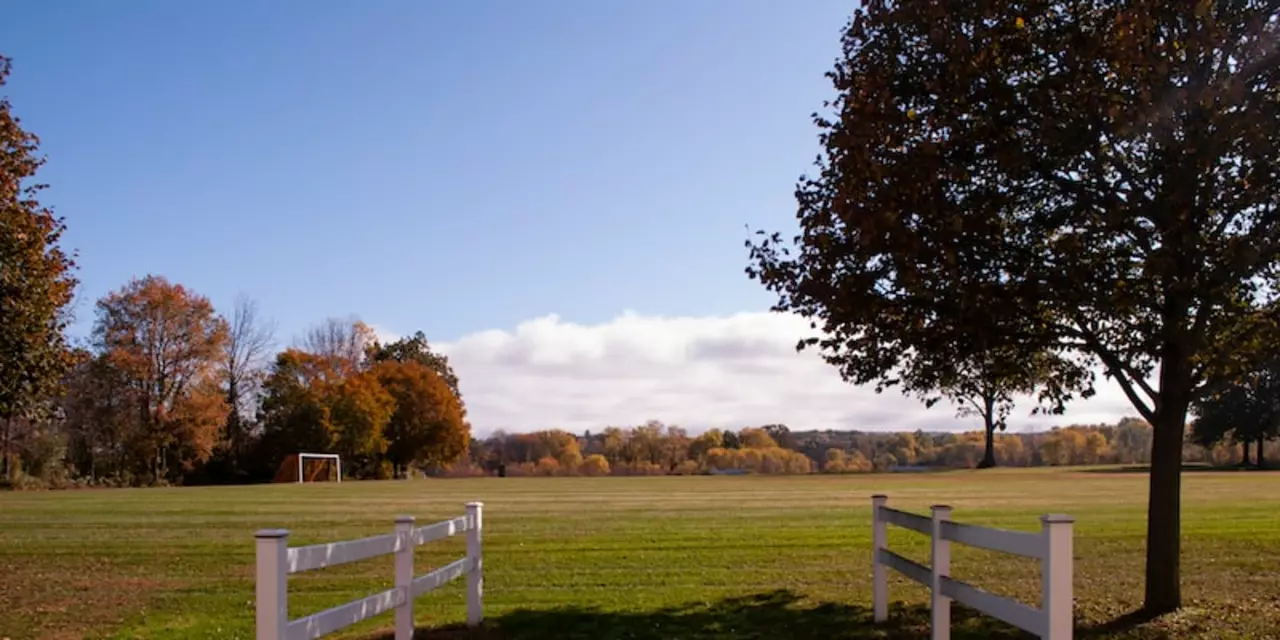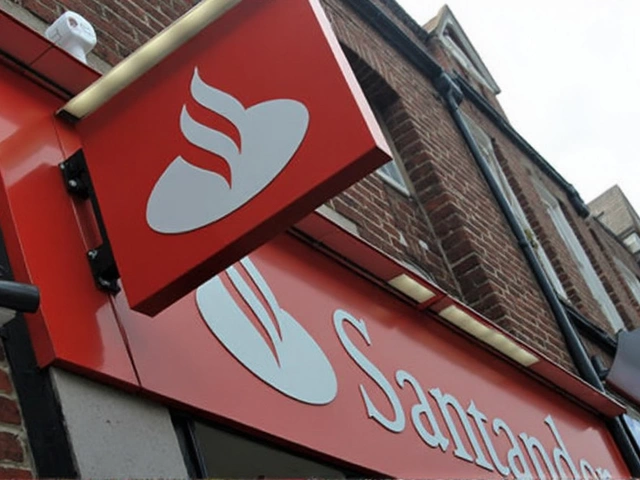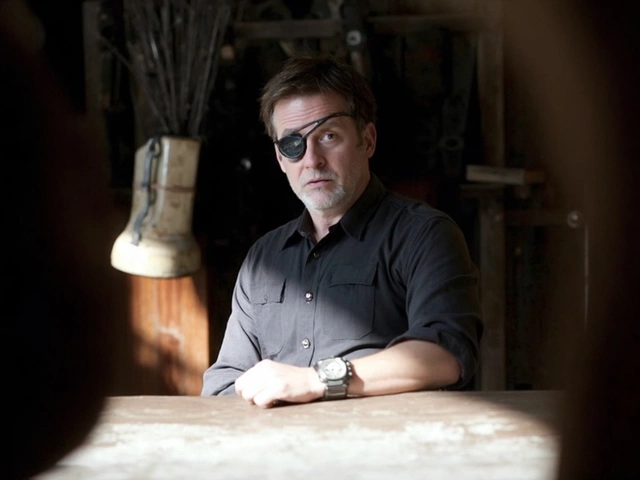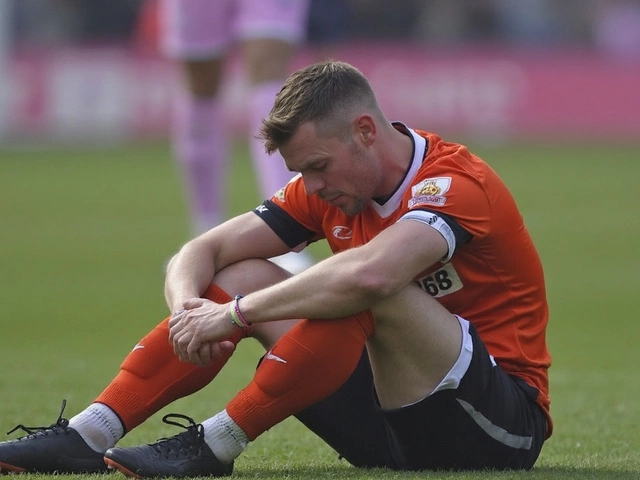Sports Mascots: What They Are and Why You Need One
If you coach a youth team or run a community league, a mascot can be the secret sauce that pumps up the crowd and builds team spirit. A mascot isn’t just a costume – it’s a moving brand that connects fans, kids, and sponsors in a way a logo alone can’t. In New York’s crowded sports scene, a memorable mascot can set your squad apart.
What Makes a Great Mascot?
A good mascot does three things: looks fun, tells a story, and stays easy to use. Think of the classic animal mascots – a lion that roars confidence, a bulldog that shows grit. But you can also go local: a subway‑train character for a city team or a basketball‑swinging robot for a tech‑focused club. The design should be bold, colorful, and recognizable from a distance.
A mascot also needs personality. Give it a name, a catchphrase, and a playful backstory. Kids love to imagine why the mascot loves the sport, and that story sticks in their minds. When the mascot shows up at games, community events, and school visits, the story spreads without you needing a big marketing budget.
Choosing the Right Mascot for Your Team
Start with a quick brainstorm. List what matters to your team – the sport, the neighborhood, the age group. Does your club have a nickname? If you’re the “Queens Knights,” a medieval horse might click. If you’re a beach volleyball squad, a sun‑wearing pelican could work. Involve players and parents in the vote; they’ll feel ownership and will cheer louder.
Next, think about practicality. A mascot costume should be breathable, safe, and easy to clean. Look for a design that works in indoor gyms and outdoor fields. Check local regulations – some venues have limits on costume height or moving parts. A simple, high‑impact design often costs less and lasts longer.
Budget matters too. You can hire a professional mascot maker, use a DIY approach with a foam suit, or rent a costume for special events. Many local costume shops in NYC offer rental packages that include cleaning and repairs. Compare prices, read reviews, and ask for photos of past events to see the suit in action.
Finally, plan how you’ll use the mascot. Schedule appearances at home games, school visits, charity runs, and social media videos. The more often the mascot shows up, the stronger the connection with fans. Keep a calendar so the mascot never misses a big match or community fair.
Remember, a mascot is a team ambassador. It should embody the values you want to showcase – teamwork, perseverance, fun. When you see kids cheering, players smiling, and sponsors talking about your brand, you’ll know the mascot is doing its job.
Ready to get started? Grab a sketchpad, gather ideas from your squad, and reach out to a local costume maker. With a little creativity and planning, your team’s new mascot can become the talk of the borough and help you win more than just games.
Kieran Lockhart, Feb, 13 2023
This article examines some of the silliest college sports team mascots. Examples include the University of California Santa Cruz Banana Slugs, the University of Arkansas Pine Bluff Golden Lions, the University of Rhode Island Rams, and the University of North Carolina Charlotte Niners. The article also explains why these mascots were chosen and how they have become an integral part of the team's identity. Overall, it is clear that college sports teams have some of the most unique and silly mascots, and this article provides a great overview of why these mascots were chosen and how they have become part of the team's culture.
Categories:
Tags:





